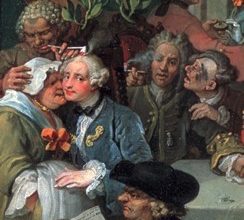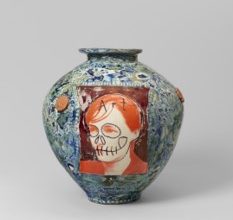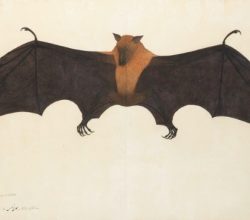
On Having No Skin: Nan Goldin’s Sirens
Amber Husain | The White Review | 11th January 2020
Goldin’s new video works are about addiction and memory. Photography, she has said, is her way of remembering. Her new work is characteristically candid – blurry self portraits, scattered pill bottles, images of friends, dead and alive. Besides documenting “where all the time went” there also perhaps is a bigger point: “What a person is looking for in addiction … is totally sane, totally desirable, totally human”.



